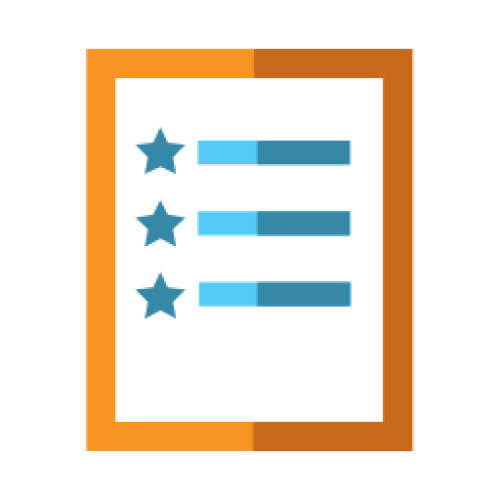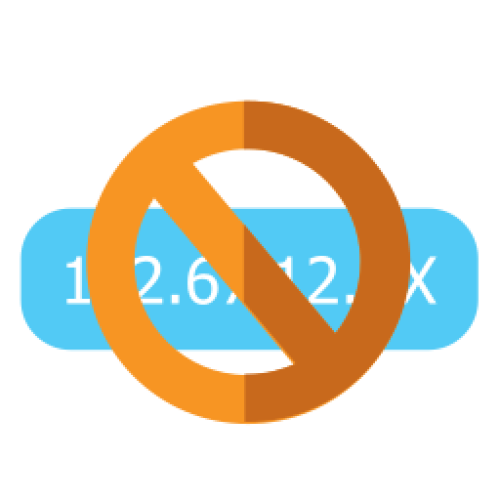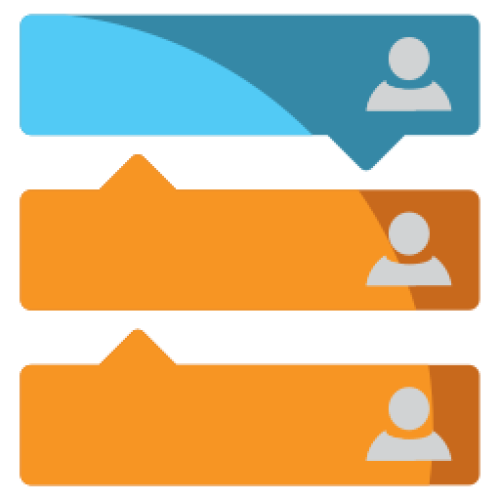Features: A-Z Index
A
B
C
D
E
F
G
I
L
M
N
P
Q
R
S
T
W
Newest 10 Entries
| Title | Integration |
|---|---|
| Icon |  |
| Description | Convert from other software: See our importing tutorial for a list of importers. Use an existing member system: See our download page for a list of forum drivers. Convert an HTML site into Composr pages LDAP support for corporate networks (Conversr only) HTTP authentication: Tie into an existing HTTP authentication-based login system (Conversr only) Proxying system: Programmers can integrate any existing scripts using our sophisticated proxying system (which includes full cookie support). Minimodules and miniblocks: Programmers can port existing PHP code into Composr itself without having to strictly conform it to Composr's framework |
| Title | Structure / Navigation |
|---|---|
| Icon |  |
| Description | Intuitive sitemap editor: Visually browse your site structure. Menu editor: Our user friendly editor can work with several different kinds of menu design (drop-downs, tree menus, pop-ups, etc) Zones (sub-sites): Organise your pages into separate zones. Zones can have different menus, themes, permissions, and content. They can also use a sub-domain. Full structural control: Edit, move, and delete existing pages and modules. Redirects: Set up redirects if you move pages, or if you want pages to appear in more than one zone. |
| Title | White-labeling (Debranding) |
|---|---|
| Icon | 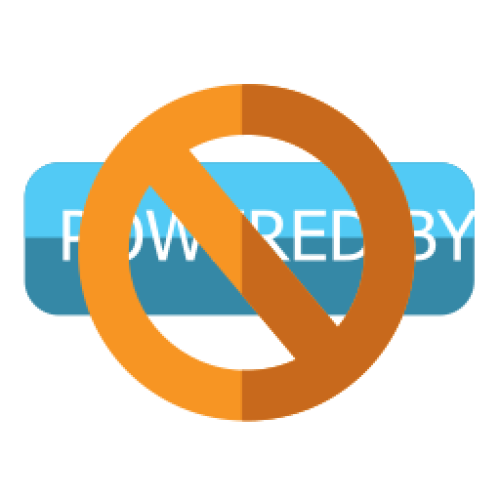 |
| Description | Use Composr for clients and pretend you made it. We ensure Composr is not hard-coded anywhere in the software where it would appear to an average user. |
| Title | Web standards |
|---|---|
| Icon | 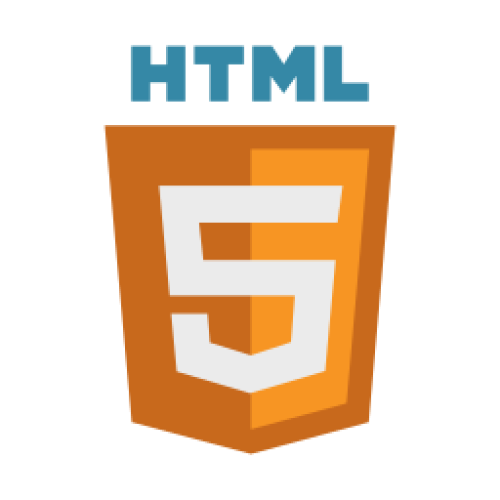 |
| Description | Responsive design and hi-dpi images True and correct XHTML5 markup WCAG, ATAG: Meeting of accessibility guidelines in full. Tableless CSS markup, with no hacks Support for all major web browsers Inbuilt tools for checking webstandards conformance of XHTML5, CSS, and JavaScript Extra markup semantics including Dublin Core support, schema.org, Open Graph, and microformats. Standards-based JavaScript (modern DOM and AJAX, no DOM-0 or innerHTML) Automatic cleanup of bad XHTML5: HTML outside your control (e.g. from RSS) will be cleaned up for you. |
| Title | Performance |
|---|---|
| Icon |  |
| Description | Highly optimised code Can run CDNs Multiple levels of caching Sophisticated template compiler Self-learning optimisation system Automatic pruning of old cache files when caches get large |
| Title | Localisation |
|---|---|
| Icon | 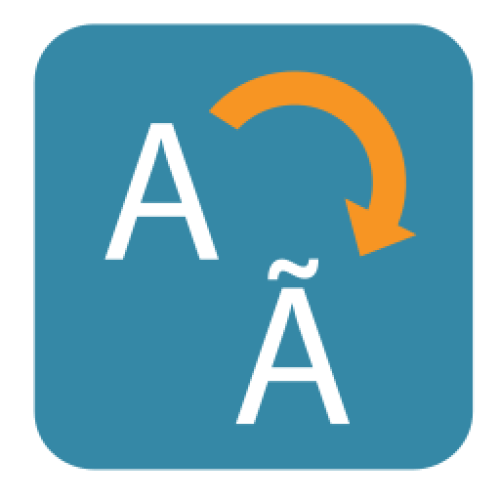 |
| Description | Translate Composr into your own language Translate content into multiple languages Custom time and date formatting Language packs: Download new language packs as users post them; host multiple languages on your website at the same time. Time zone support: Members may choose their own time zones, and dates / times will adapt to them. Support for different character sets and Unicode Serve different theme images for different languages Right-to-left languages possible |
| Title | Ease of Use |
|---|---|
| Icon |  |
| Description | Professionally designed user interfaces AJAX techniques: Streamlined website interaction. WYSIWYG editing Tutorials: Over 200 written tutorials, and a growing collection of video tutorials. Displays great on mobiles: Mobile browsers can be automatically detected, or the user can select the mobile version from the footer. All public website features work great on QVGA or higher. The default theme is also responsive and will adapt to the client screen size. A consistent and fully integrated feature-set: Breadcrumb navigation, previews, and many other features we didn't have space to mention here – are all present right across Composr. |
| Title | Search Engine Optimisation |
|---|---|
| Icon |  |
| Description | Supports different URL schemes and textual monikers Automatic site-map generation: Both XML Sitemaps and sitemaps for users. Metadata: Meta descriptions and keywords for all content. Auto-summarisation. Keyword density analysis when previewing content Correct use of HTTP status codes Content-contextualised page titles Semantic and accessible markup (e.g. ‘alt tags') |
| Title | Privacy Tools |
|---|---|
| Icon | 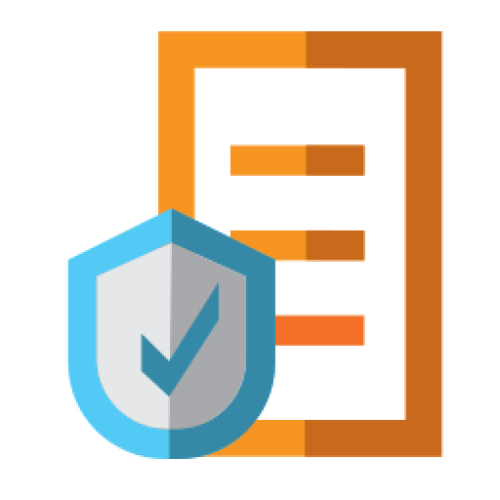 |
| Description | Compliance with major data protection legislation such as the GDPR Allow members to download or purge their personal data from their profile. Set a limit on the number of days between downloads / purges to preserve server resources. Also manage member data to a more technical degree in the Administration Zone. Allow members to purge their data upon deleting their member account Composr is careful to maintain important data (such as warnings or bans) when members request their data to be purged from their profile. But this data can still be purged on the admin side (in the Admin Zone). Automatic generation of a basic Privacy Policy based on site settings and installed addons Cookie Consent notice Set declarations on the rules page which members must agree to on registration (or whenever they are changed) which are also stored in the database and e-mailed to the member as a written copy |
| Title | Security |
|---|---|
| Icon |  |
| Description | Automatic detection, logging, notifying, and banning of hackers 2-factor-authentication: E-mail based 2-factor-authentication security when unrecognised IP addresses are used with certain usergroups (optional, Conversr-only). Password strength checks: Enforce minimum password strengths based on length and use of upper / lower case, numbers, and symbols, and avoiding repeated characters (Conversr-only). Architectural approaches to combat all major exploit techniques A JavaScript framework that makes XSS attacks virtually impossible Defence-in-depth: Multiple layers of built-in security. Encrypted custom profile fields: Once set the CPF can't be read unless a key password is entered (Conversr-only, requires OpenSSL). Extensive support and use of Content Security Policy (CSP) Track failed logins and automatically ban brute-force attacks HTML filtering Protection against CSRF attacks: Forms and AJAX requests make use of randomly generated POST tokens Root-kit detection kit for developers Cookies are secure and HttpOnly where possible to prevent session hijacking Set number of days that passwords expire or must be changed |
Top 10 Entries
| Question | How does Composr prevent spam? |
|---|---|
| Answer | Composr offers several tools and techniques to combat spam, including:
|
| Question | What is the "Sitemap" in Composr, and how is it used? |
|---|---|
| Answer | The Sitemap is a hierarchical representation of your website's content, including zones, pages, categories, and entries. Composr generates the Sitemap dynamically and uses it for various purposes:
You can edit the sitemap under Admin Zone > Structure > Sitemap editor. |
| Question | Can I change the URL scheme after my website is already live? |
|---|---|
| Answer | Yes, you can enable or change a URL scheme on an existing website. Old URLs will redirect to the new format, ensuring that your SEO isn't negatively impacted. The canonical URL will also be specified in your website's HTML, further protecting your search rankings. |
| Question | How do URL schemes work, and what are the benefits of using them? |
|---|---|
| Answer | URL schemes allow you to control the structure of your website's URLs. Composr offers several schemes that create shorter, more user-friendly URLs:
Benefits of using URL schemes include:
|
| Question | What are "breadcrumbs," and how can I customize them? |
|---|---|
| Answer | Breadcrumbs are a navigation aid that shows the user their current location within the website's hierarchy. In Composr, breadcrumbs are customizable through an XML file. You can override default breadcrumbs using "match-keys" to target specific pages and define the desired breadcrumb structure. This allows you to adjust the breadcrumb trail to better match your website's organization. To edit, go to Admin Zone > Structure > Configure breadcrumb overrides. |
| Question | How can I control which panels are displayed on specific pages? |
|---|---|
| Answer | Panels are the areas around your main content area where you can place menus, blocks, and other dynamic elements. You can control panel visibility using display rules within your panel's Comcode: {+START,IF,{$NEQ,{$PAGE},example_page_1,example_page_2,example_page_3}} ... panel content ... {+END} This example prevents the panel from showing on pages named "example_page_1," "example_page_2," and "example_page_3." |
| Question | What is a "page-link," and how does it differ from a URL? |
|---|---|
| Answer | A page-link is a Composr-specific way to reference a page or screen within your website. It's a simplified, local representation of a URL, independent of the URL scheme you might be using. For example, the page-link site:downloads:browse:10 points to the download category with ID 10 in the site zone. This page-link remains consistent even if your URL scheme changes the way URLs are structured. Page-links also do not consider monikers, so if a URL moniker changes, page-links will stay the same. This is a powerful feature as you can use the Comcode [page="page-link"]Page title[/page] tag to generate URLs of local content. And these will always work regardless of URL scheme or moniker. |
| Question | How do menus work in Composr, and can I customize them? |
|---|---|
| Answer | Composr has a flexible menu system that can be customized to your needs.
Menus can be added to panels (sidebars, headers, footers) or embedded directly within Comcode pages. The menu editor provides tools for adding branches, setting captions, tooltips, and URLs, and even defining context-sensitive behavior using "match-keys." |
| Question | What are "zones" in Composr, and what are they used for? |
|---|---|
| Answer | Zones are like sub-sites within your Composr website. They provide a way to organize content and apply different settings, like permissions, themes, and navigation. Some default zones include:
|
| Question | What are the different ways to control access in Composr? |
|---|---|
| Answer | Composr offers a robust permission system with various methods for controlling access:
|
















